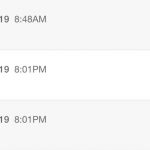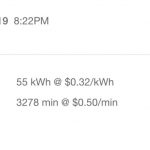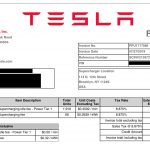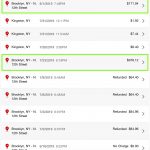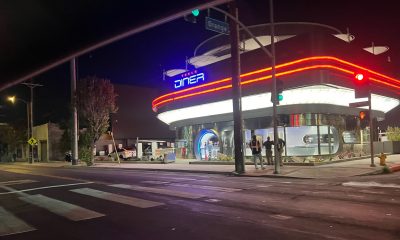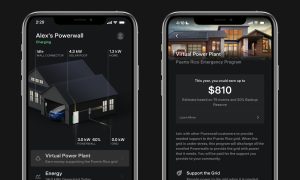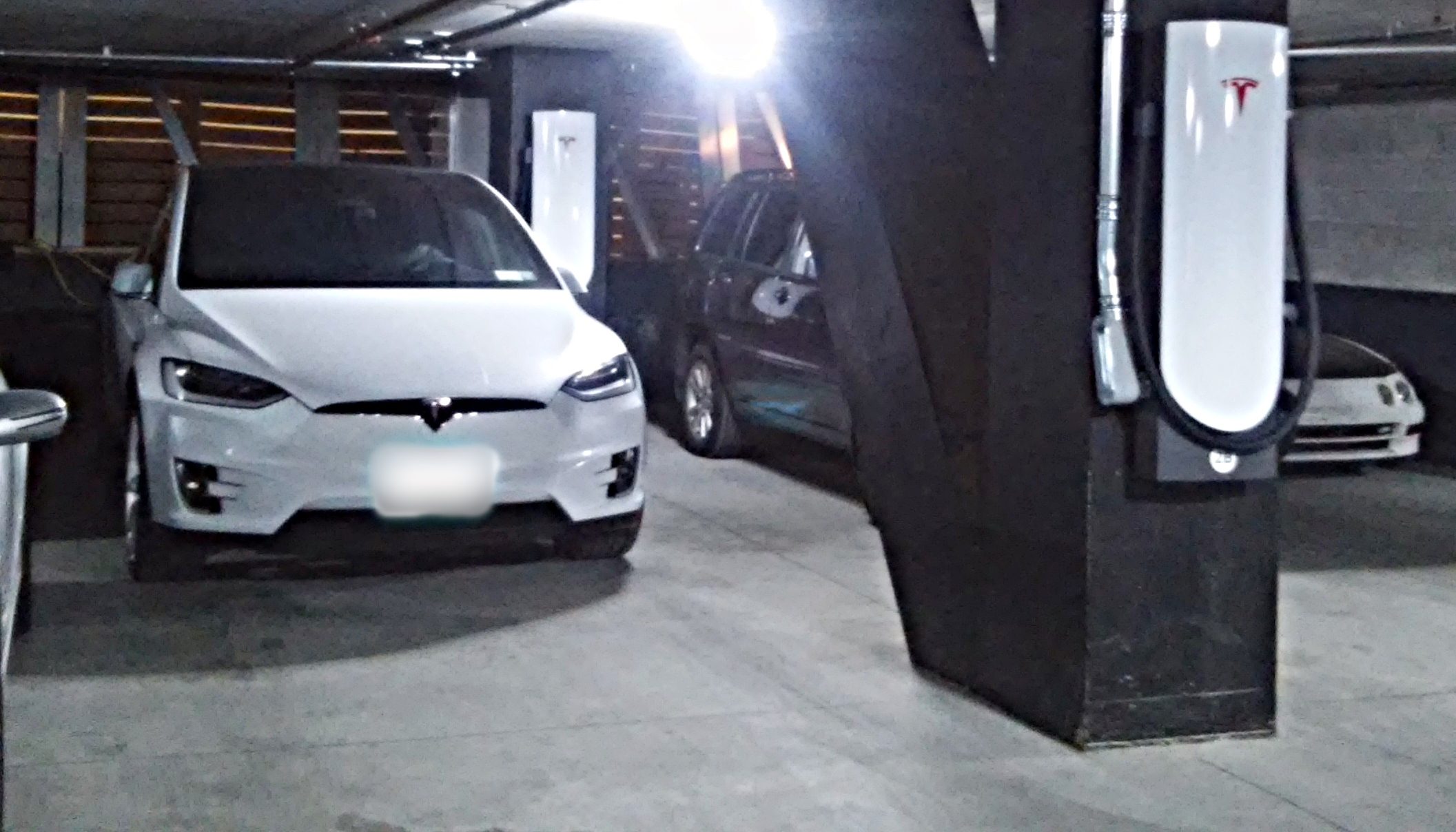

News
Tesla owner racks up $1147 in Supercharger idle fees at valet-only parking garage
For Tesla owner James Salantiri, his Model 3 and the valet-only Supercharger station at the William Vale Parking Garage in Brooklyn, NY are intertwined. With his apartment just 10 minutes away by foot from the parking garage, Salantiri is a regular in the business. He would drive over to William Vale, hand his vehicle over to the valets, and drive away the next day, charged and ready for the road.
It was a system that has worked since he took delivery of his black Long Range Model 3 RWD on March 2018. Salantiri had waited long for his Model 3, having been one of the reservation holders who waited in line to put a deposit on the vehicle during the day of its unveiling. The parking garage has served him well, even when Tesla started rolling out strict Supercharger idle fees.
Tesla initially introduced a $0.40 per minute idle fee for its Supercharger Network on December 2016 to discourage owners from keeping their vehicles connected to the high-powered charging stations even when their electric cars are fully charged. Tesla raised its idle fees on September 2018, adjusting the fees to $.50 per minute. When a charging location is fully occupied, the company’s idle fees go as high as $1.00 per minute.
This system is particularly tricky for Tesla owners like James Salantiri, who regularly use valet-only Urban Superchargers to charge their vehicles. In a message to Teslarati, the Model 3 owner noted that William Vale’s valets would usually charge Teslas and unplug them as needed when the parking garage gets full as part of their service. At times when the parking garage is relatively empty, the valets would at times go the extra mile by plugging a vehicle overnight.
When the electric car maker rolled out its updated Supercharger idle fees, Salantiri was informed by a Tesla representative that since the garage is valet-only, and since owners have no control when their vehicles are plugged in or taken off the Urban Superchargers at the location, any idle fees incurred at the parking garage would be waived. This setup worked well. Even when the vehicle is left plugged in overnight and large idle fees are incurred by his Model 3, Salantiri would see the charges either waived or refunded.
- (Credit: James Salantiri)
- (Credit: James Salantiri)
Previous idle fees at the Urban Supercharger were previously waived or refunded automatically. (Credit: James Salantiri)
Things changed recently. Upon looking at his recent bank statement, the Model 3 owner noticed two Tesla Supercharger charges to his account amounting to $1,147.16, comprised of a $171.04 charge on August 1 and a $976.12 charge on July 23. This prompted Salantiri to contact the electric car maker, where a representative reportedly informed him that a refund wasn’t possible due to the Supercharger not being on Tesla property. In the following call that was escalated to a supervisor, Salantiri was told that the recent fees could not be waived or refunded since the company’s waive/refund policy for Supercharger idle fees only covers an initial charge. Attempts to contact the parking garage’s new management about the issue were also unsuccessful.
A look into Tesla forums such as the Tesla Motors Club shows that Salantiri’s issue was not an isolated incident. Another Tesla owner, who goes by the username choatie88, noted that he was also charged a notable idle fee at the same location since his vehicle was left to charge overnight. In a message, the Tesla owner noted that he eventually got a one-off refund once he explained the parking garage’s valet-only nature to Tesla. Unfortunately for Salantiri, his one-off refund/waive credit appears to have been used up over his regular trips to the location.
- (Credit: James Salantiri)
- (Credit: James Salantiri)
The Model 3 owner’s recent Urban Supercharger idle fees from the valet-only parking garage. (Credit: James Salantiri)
Tesla noted in its Supercharger idle fee announcement last September that there is no upper limit on the amount of fees that a vehicle could accrue. This is absolutely fair in public charging stations where owners have full control when they could plug in and remove their vehicles from a Supercharger, but this system hits somewhat of a gray area when it comes to valet-only parking locations. It would be difficult for owners to remove their vehicles from a Supercharger, after all, if they do not have access to their cars.
In a message to Teslarati, Salantiri noted that it would perhaps be best for Tesla to roll out an upper limit for Supercharger idle fees, at least in locations that are valet-only. Or perhaps the electric car maker could just maintain its previous system, which automatically addresses idle fees in places where owners could not disconnect their vehicles from Superchargers. In places like the William Vale Parking Garage, which city dwellers depend on for their charging needs, perhaps Tesla could also roll out Destination Chargers instead, which are not as quick as Urban Superchargers, but do not accrue idle fees once a vehicle is fully charged.
Update:
The Model 3 owner has informed us that his vehicle’s idle fees at the William Vale Parking Garage have been waived by Tesla. A representative from the parking garage further explained that an error on Tesla’s backend caused the charge to be levied, but it has been reversed, considering that idle fees do not apply to valet-only Superchargers.
Elon Musk
Tesla Supercharger Diner food menu gets a sneak peek as construction closes out
What are you ordering at the Tesla Diner?
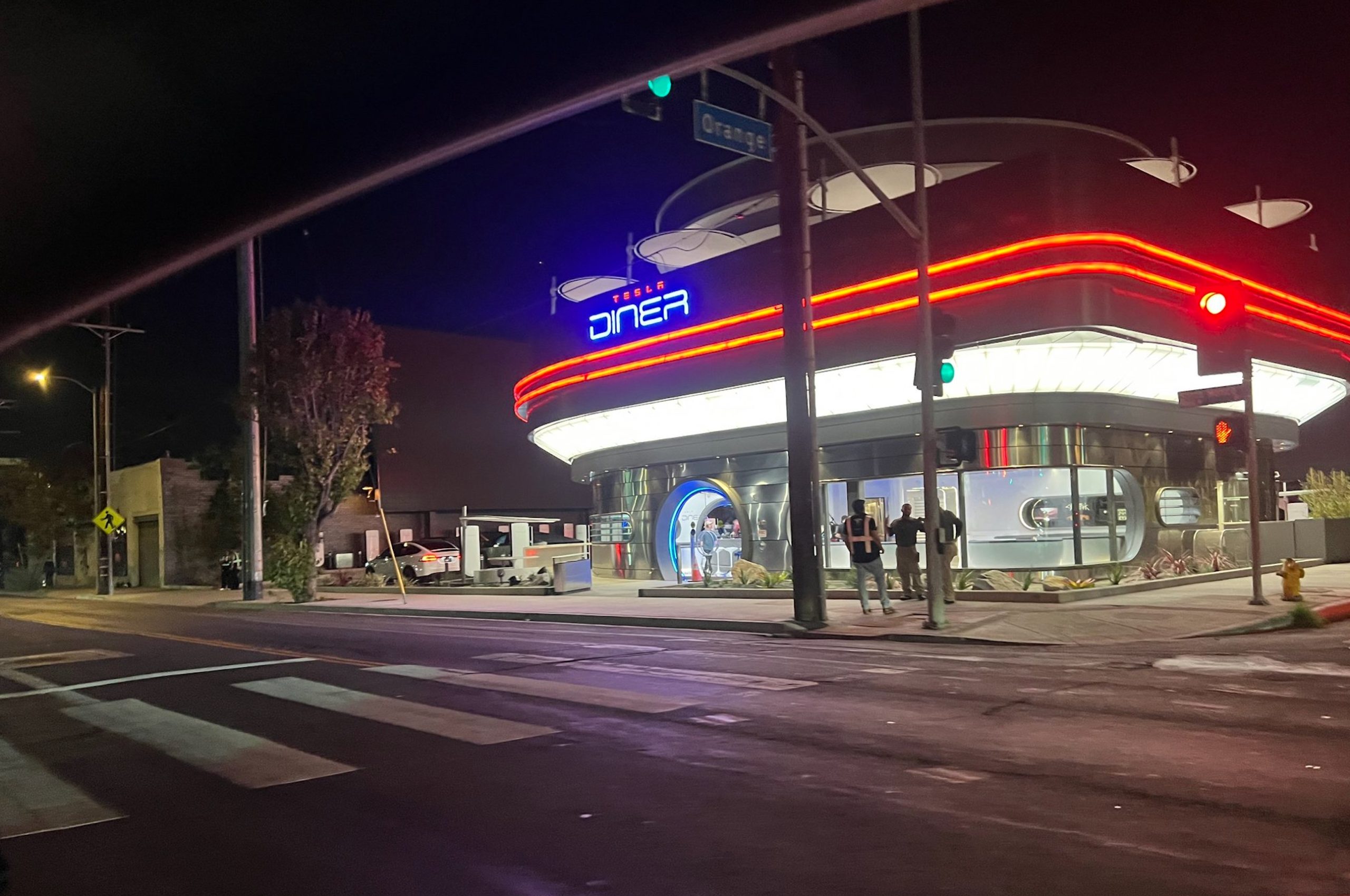
The Tesla Supercharger Diner in Los Angeles is nearing completion as construction appears to be winding down significantly. However, the more minor details, such as what the company will serve at its 50s-style diner for food, are starting to be revealed.
Tesla’s Supercharger Diner is set to open soon, seven years after CEO Elon Musk first drafted the idea in a post on X in 2018. Musk has largely come through on most of what he envisioned for the project: the diner, the massive movie screens, and the intended vibe are all present, thanks to the aerial and ground footage shared on social media.
We already know the Diner will be open 24/7, based on decals placed on the front door of the restaurant that were shared earlier this week. We assume that Tesla Optimus will come into play for these long and uninterrupted hours.
The Tesla Diner is basically finished—here’s what it looks like
As far as the food, Tesla does have an email also printed on the front door of the Diner, but we did not receive any response back (yet) about what cuisine it will be offering. We figured it would be nothing fancy and it would be typical diner staples: burgers, fries, wings, milkshakes, etc.
According to pictures taken by @Tesla_lighting_, which were shared by Not a Tesla App, the food will be just that: quick and affordable meals that diners do well. It’s nothing crazy, just typical staples you’d find at any diner, just with a Tesla twist:
Tesla Diner food:
• Burgers
• Fries
• Chicken Wings
• Hot Dogs
• Hand-spun milkshakes
• And more https://t.co/kzFf20YZQq pic.twitter.com/aRv02TzouY— Sawyer Merritt (@SawyerMerritt) July 17, 2025
As the food menu is finalized, we will be sure to share any details Tesla provides, including a full list of what will be served and its prices.
Additionally, the entire property appears to be nearing its final construction stages, and it seems it may even be nearing completion. The movie screens are already up and showing videos of things like SpaceX launches.
There are many cars already using the Superchargers at the restaurant, and employees inside the facility look to be putting the finishing touches on the interior.
🚨 Boots on the ground at the Tesla Diner:
— TESLARATI (@Teslarati) July 17, 2025
It’s almost reminiscent of a Tesla version of a Buc-ee’s, a southern staple convenience store that offers much more than a traditional gas station. Of course, Tesla’s version is futuristic and more catered to the company’s image, but the idea is the same.
It’s a one-stop shop for anything you’d need to recharge as a Tesla owner. Los Angeles building permits have not yet revealed the date for the restaurant’s initial operation, but Tesla may have its eye on a target date that will likely be announced during next week’s Earnings Call.
News
Tesla’s longer Model Y did not scale back requests for this vehicle type from fans
Tesla fans are happy with the new Model Y, but they’re still vocal about the need for something else.
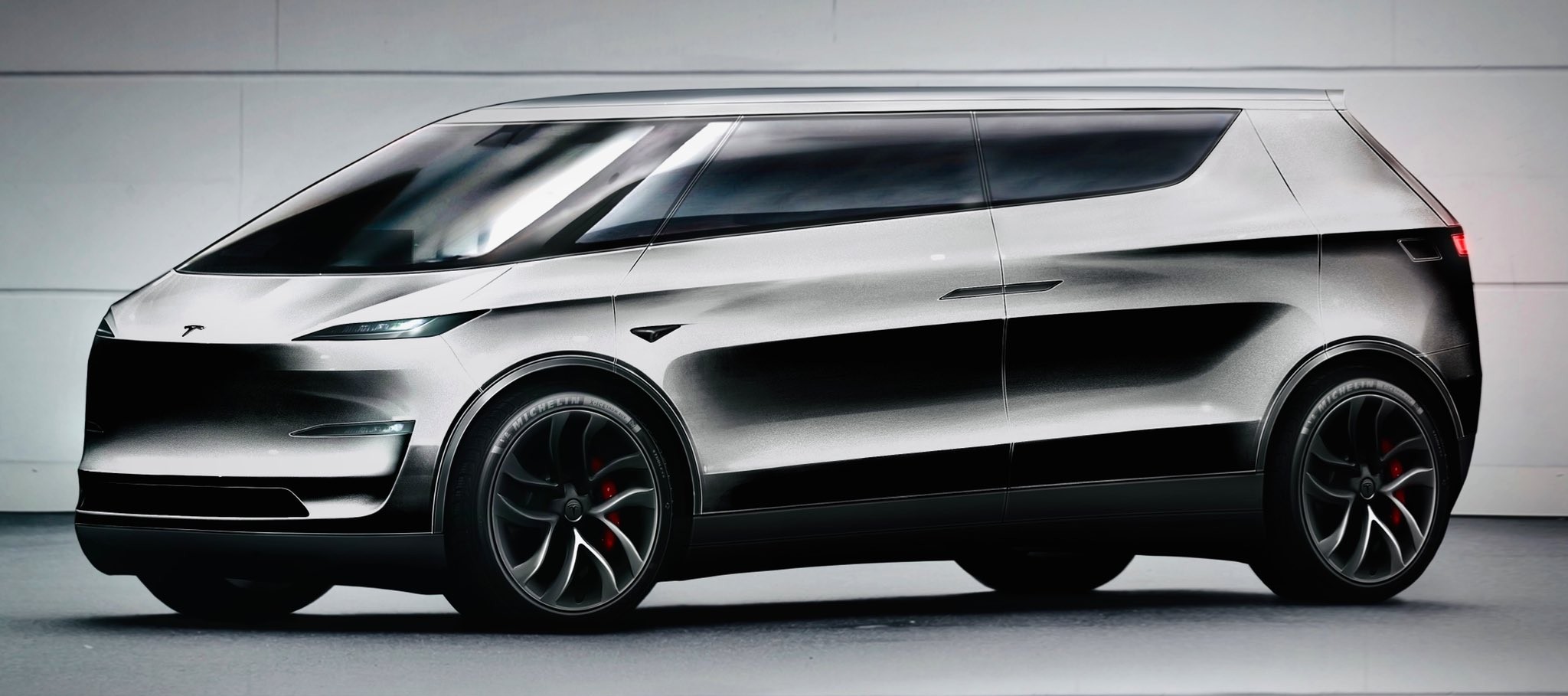
Tesla launched a slightly longer version of the Model Y all-electric crossover in China, and with it being extremely likely that the vehicle will make its way to other markets, including the United States, fans are still looking for something more.
The new Model Y L in China boasts a slightly larger wheelbase than its original version, giving slightly more interior room with a sixth seat, thanks to a third row.
Tesla exec hints at useful and potentially killer Model Y L feature
Tesla has said throughout the past year that it would focus on developing its affordable, compact models, which were set to begin production in the first half of the year. The company has not indicated whether it met that timeline or not, but many are hoping to see unveilings of those designs potentially during the Q3 earnings call.
However, the modifications to the Model Y, which have not yet been officially announced for any markets outside of China, still don’t seem to be what owners and fans are looking forward to. Instead, they are hoping for something larger.
A few months ago, I reported on the overall consensus within the Tesla community that the company needs a full-size SUV, minivan, or even a cargo van that would be ideal for camping or business use.
Tesla is missing one type of vehicle in its lineup and fans want it fast
That mentality still seems very present amongst fans and owners, who state that a full-size SUV with enough seating for a larger family, more capability in terms of cargo space for camping or business operation, and something to compete with gas cars like the Chevrolet Tahoe, Ford Expedition, or electric ones like the Volkswagen ID.BUZZ.
We asked the question on X, and Tesla fans were nearly unanimously in support of a larger SUV or minivan-type vehicle for the company’s lineup:
🚨 More and more people are *still* saying that, despite this new, longer Model Y, Tesla still needs a true three-row SUV
Do you agree? https://t.co/QmbRDcCE08 pic.twitter.com/p6m5zB4sDZ
— TESLARATI (@Teslarati) July 16, 2025
Here’s what some of the respondents said:
100% agree, we need a larger vehicle.
Our model Y is quickly getting too small for our family of 5 as the kids grow. A slightly longer Y with an extra seat is nice but it’s not enough if you’re looking to take it on road trips/vacations/ kids sports gear etc.
Unfortunately we…
— Anthony Hunter (@_LiarsDice_) July 17, 2025
Had to buy a Kia Carnival Hybrid because Tesla doesn’t have a true 3 row vehicle with proper space and respectable range. pic.twitter.com/pzwFyHU8Gi
— Neil, like the astronaut (@Neileeyo) July 17, 2025
Agreed! I’m not sure who created this but I liked it enough to save it. pic.twitter.com/Sof5nMehjS
— 🦉Wise Words of Wisdom – Inspirational Quotes (IQ) (@WiseWordsIQ) July 16, 2025
Tesla is certainly aware that many of its owners would like the company to develop something larger that competes with the large SUVs on the market.
However, it has not stated that anything like that is in the current plans for future vehicles, as it has made a concerted effort to develop Robotaxi alongside the affordable, compact models that it claims are in development.
It has already unveiled the Robovan, a people-mover that can seat up to 20 passengers in a lounge-like interior.
The Robovan will be completely driverless, so it’s unlikely we will see it before the release of a fully autonomous Full Self-Driving suite from Tesla.
Energy
Tesla launches first Virtual Power Plant in UK – get paid to use solar
Tesla has launched its first-ever Virtual Power Plant program in the United Kingdom.
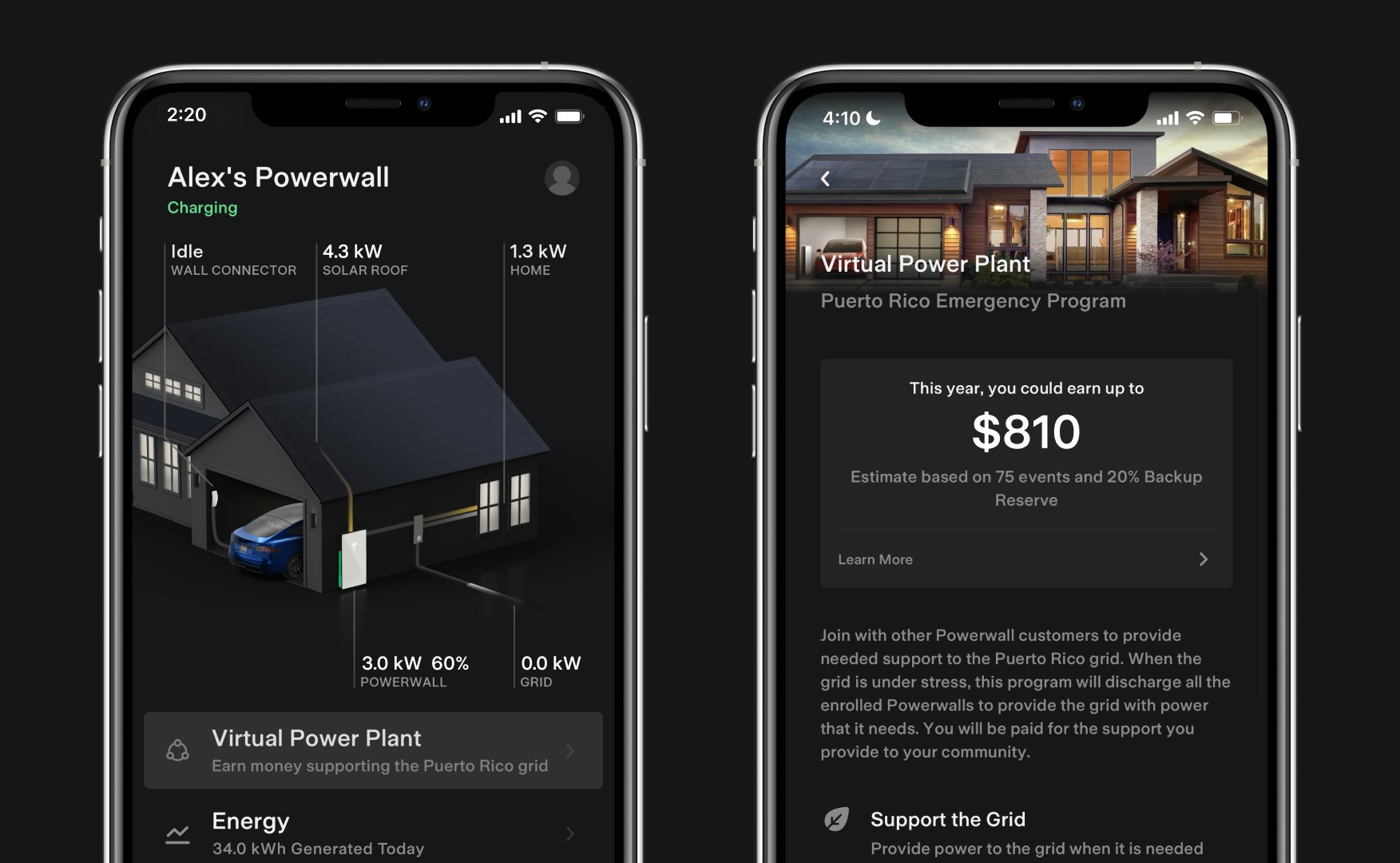
Tesla has launched its first-ever Virtual Power Plant program in the United Kingdom. This feature enables users of solar panels and energy storage systems to sell their excess energy back to the grid.
Tesla is utilizing Octopus Energy, a British renewable energy company that operates in multiple markets, including the UK, France, Germany, Italy, Spain, Australia, Japan, New Zealand, and the United States, as the provider for the VPP launch in the region.
The company states that those who enroll in the program can earn up to £300 per month.
Tesla has operated several VPP programs worldwide, most notably in California, Texas, Connecticut, and the U.S. territory of Puerto Rico. This is not the first time Tesla has operated a VPP outside the United States, as there are programs in Australia, Japan, and New Zealand.
This is its first in the UK:
Our first VPP in the UK
You can get paid to share your energy – store excess energy in your Powerwall & sell it back to the grid
You’re making £££ and the community is powered by clean energy
Win-win pic.twitter.com/evhMtJpgy1
— Tesla UK (@tesla_uk) July 17, 2025
Tesla is not the only company that is working with Octopus Energy in the UK for the VPP, as it joins SolarEdge, GivEnergy, and Enphase as other companies that utilize the Octopus platform for their project operations.
It has been six years since Tesla launched its first VPP, as it started its first in Australia back in 2019. In 2024, Tesla paid out over $10 million to those participating in the program.
Participating in the VPP program that Tesla offers not only provides enrolled individuals with the opportunity to earn money, but it also contributes to grid stabilization by supporting local energy grids.
-

 Elon Musk1 day ago
Elon Musk1 day agoWaymo responds to Tesla’s Robotaxi expansion in Austin with bold statement
-
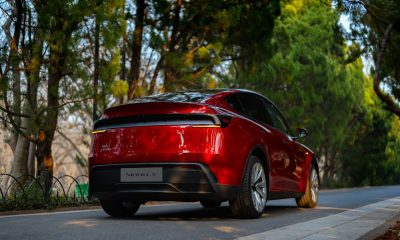
 News1 day ago
News1 day agoTesla exec hints at useful and potentially killer Model Y L feature
-
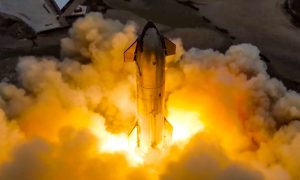
 Elon Musk2 days ago
Elon Musk2 days agoElon Musk reveals SpaceX’s target for Starship’s 10th launch
-

 Elon Musk3 days ago
Elon Musk3 days agoTesla ups Robotaxi fare price to another comical figure with service area expansion
-
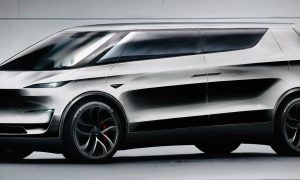
 News1 day ago
News1 day agoTesla’s longer Model Y did not scale back requests for this vehicle type from fans
-
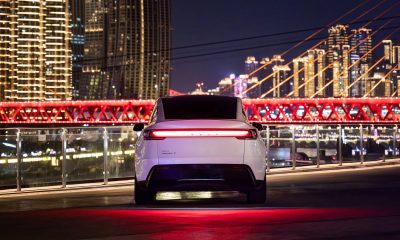
 News1 day ago
News1 day ago“Worthy of respect:” Six-seat Model Y L acknowledged by Tesla China’s biggest rivals
-

 News2 days ago
News2 days agoFirst glimpse of Tesla Model Y with six seats and extended wheelbase
-
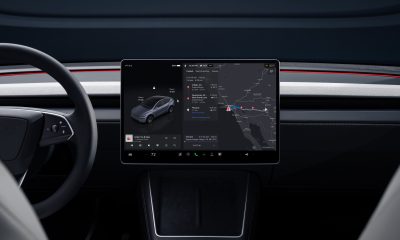
 Elon Musk2 days ago
Elon Musk2 days agoElon Musk confirms Tesla is already rolling out a new feature for in-car Grok

